Following the game-changing year of 2020, businesses inside the mining industry are set to realign their priorities as we continue to adapt to the volatile pandemic. Based off reports constructed by Deloitte and EY, we were able to narrow down the top 5 trends for organisations in the mining industry for 2021 (in no particular order).
1. Companies are strengthening their internal structure to better cope with volatile conditions.
The mining industry plays an important role in all factors of sustainability. It is a driving force in the global economy, it has a significant impact on the environment both positively and negatively, and with some of the largest organisations in the world part of the industry, it is at the centre of social and political responsibility.
These organisations have the capability to set the precedent in how to internally manage the volatile COVID-19 situation. Many mining companies were quick to use their extensive supply chain to invest in critical infrastructure such as PPE and temperature screening, a trend which will continue to filter throughout the industry. We are also seeing these companies taking additional steps to manage stress due to COVID and providing emotional and financial assistance where necessary.
2. Decarbonisation strategies are being put into motion.
Decarbonisation has been an escalating topic particularly within the mining industry, with many companies presenting their goals and strategies to decrease carbon output. These companies are still taking a modest approach, balancing short-term economic factors with long-term environmental impact, but these plans are now turning into action and companies are adopting a range of best practices to achieve their decarbonisation goals.
Companies that fail to commit to a carbon reducing strategy could be facing heavy economic sanctions, as well as losing their standing other companies that are making commitments. A trending strategy among some of the major mining organisations is using predictive analysis, which helps set realistic decarbonisation goals by knowing exactly which areas to target.
3. Greater importance is being placed on local community impact.
Travel restrictions and freight disruptions have encouraged localised procurements to take place, with the larger companies more frequently integrating with local SMEs and communities. As effective engagement becomes even more critical, miners in Australia should consider three tiers of community:
- Local communities will have greater expectations around how miners respect indigenous rights and native title.
- National communities may push for a return to resource nationalism, with increased debate around who miners sell to and for what purpose.
- Broader community commitment will come into focus as socioeconomic issues are highlighted post-COVID-19. We may see pressure build to provide ownership of assets to communities.
As Australia continues to push for greater sovereign industrial capability, community engagement will remain an extremely important factor for the mining industry to consider.
4. The push for ‘zero harm’ continues to grow as technology advances.
Similar to the technology that is being utilised in decarbonisation, predictive analytics and wearables are two areas where many companies in the mining industry are getting ahead in safety. This technology allows companies to combine vast amounts of data, rather than looking at each event in isolation, to uncover hidden patterns of behaviour or conditions that lead to incidents.
For many SMEs, predictive analytics may not be a viable method of achieving zero-harm in the workplace. These businesses must ensure their safety protocols are updated and clearly communicated to all staff and visitors. The last few years have seen many SMEs in the mining industry replace or update their equipment to ensure it is safe and certified. This trend will continue into 2021 and beyond as it is no longer acceptable to have faulty or uncertified equipment in the workplace. Read more about workshop safety and importance of certification.
5. The Mining Industry is a leader for internal diversity.
Diversity in the workplace has become one of the most important topics for organisations across the globe, particularly in the mining industry. BHP is a leading organisation in workplace diversity through their various programs and initiatives designed to achieve their overall goal of reaching gender balance by 2025. These include:
- Redesigning and resizing PPE to be more diverse,
- working with OEM partners to supply equipment that is safer and more accessible to a range of people, as well as making them easier to maintain,
- encouraging more female apprenticeships, and
- providing internship programs to people in all parts of the world.
In March 2019, a group of general counsels from major global companies collectively signed a diversity statement, pledging their commitment of in-house legal teams to broaden diversity within their companies. Today, approximately 100 companies and their general counsels have signed the statement. These organisations, among many others, have recognised the value of a more inclusive and diverse workforce, which will remain a top priority for companies within the mining industry for years to come.


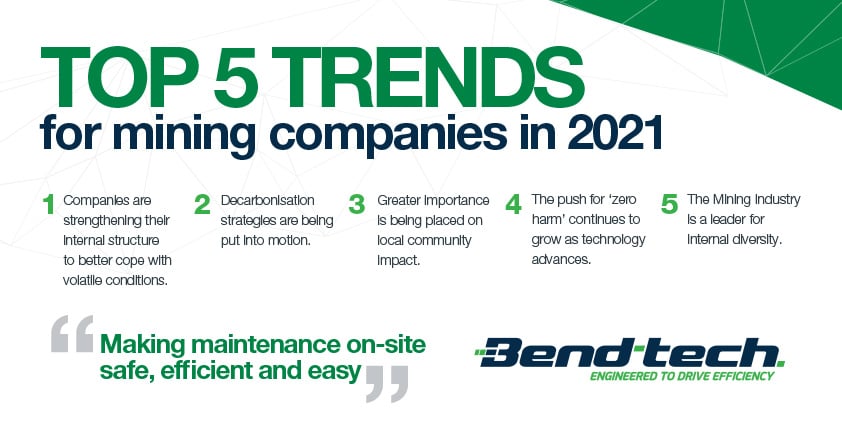
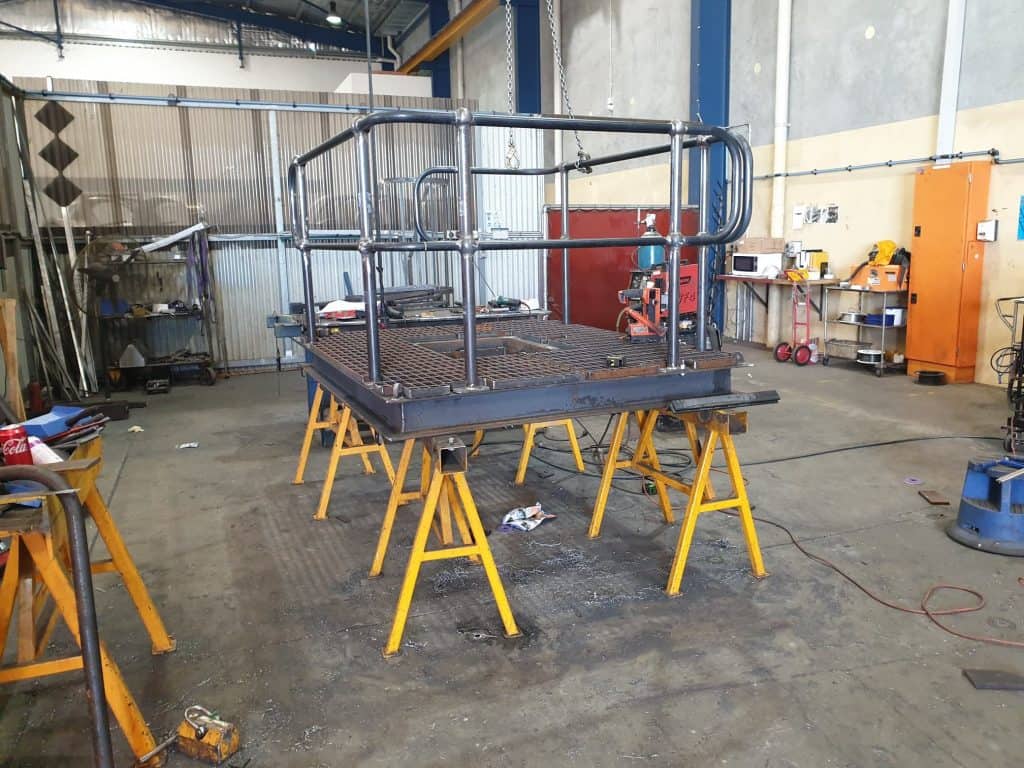
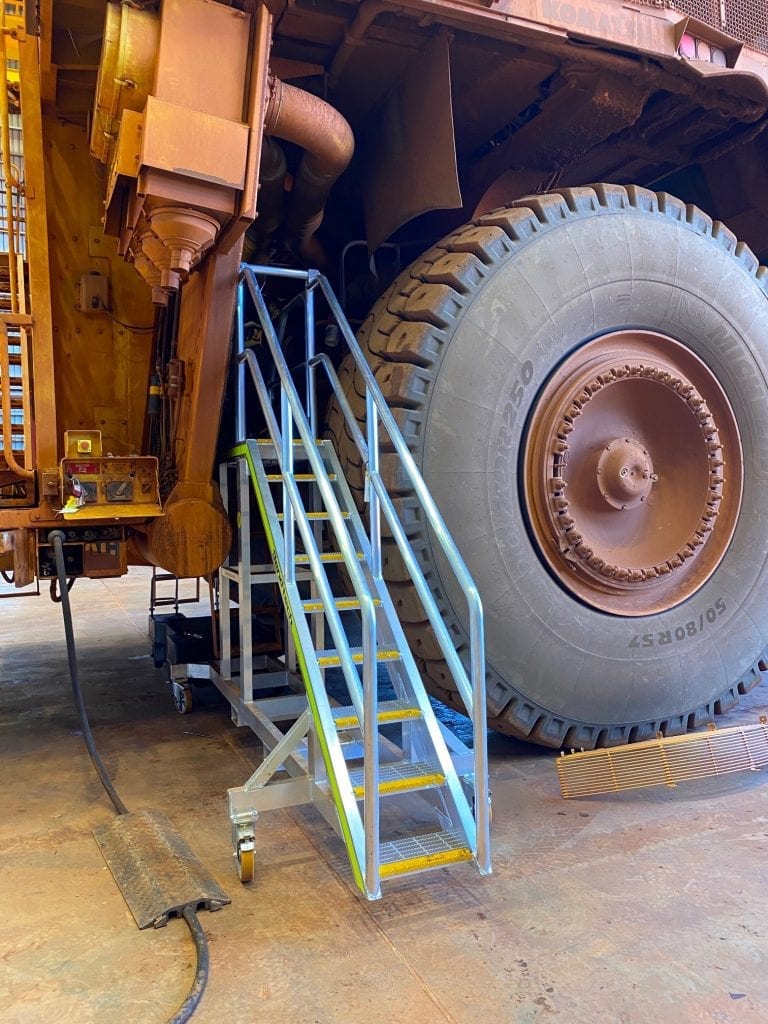
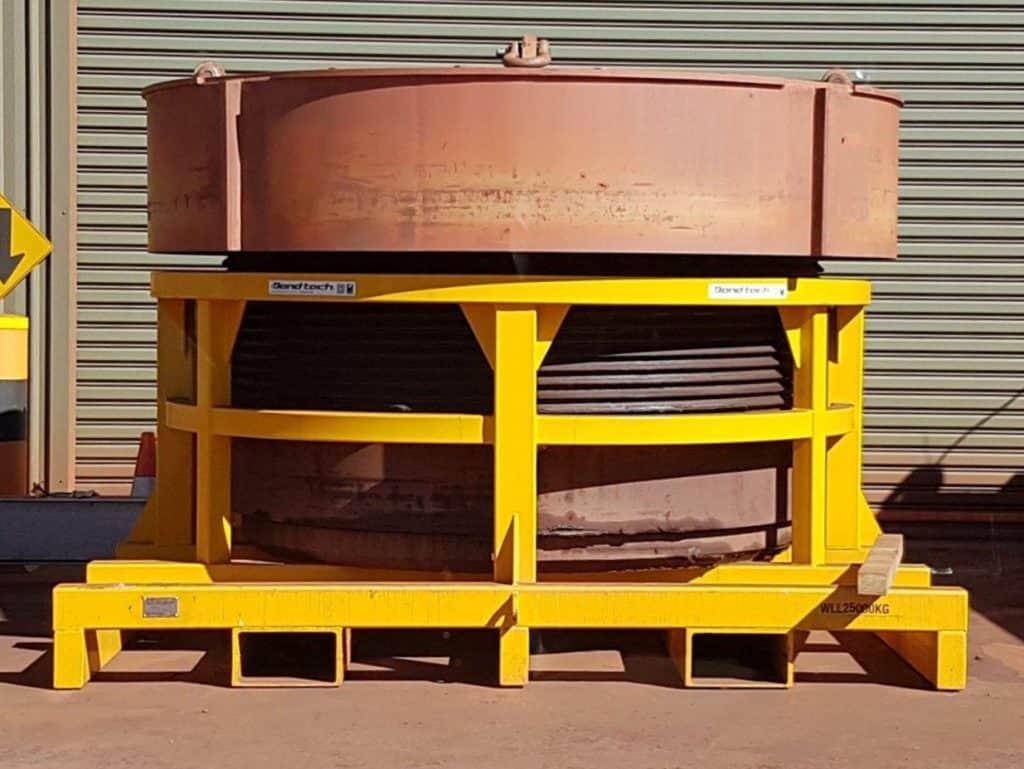

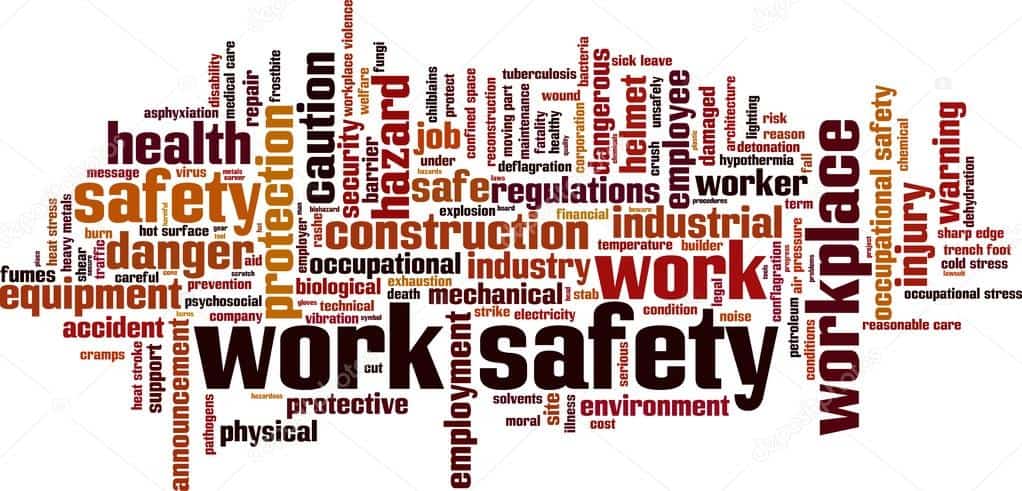
About The Author: Jake Marinovich
More posts by Jake Marinovich